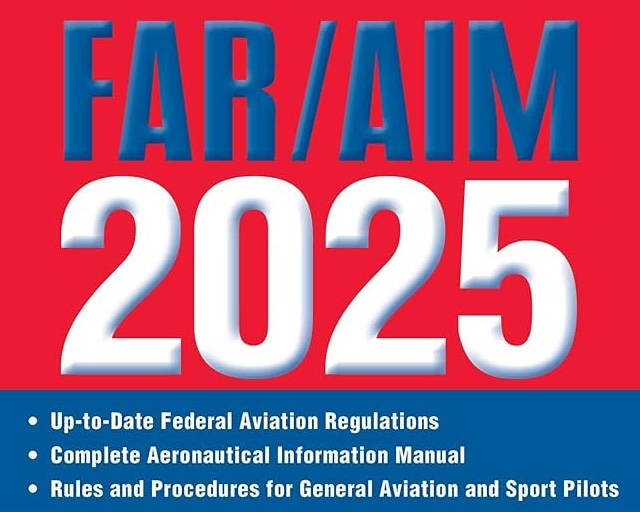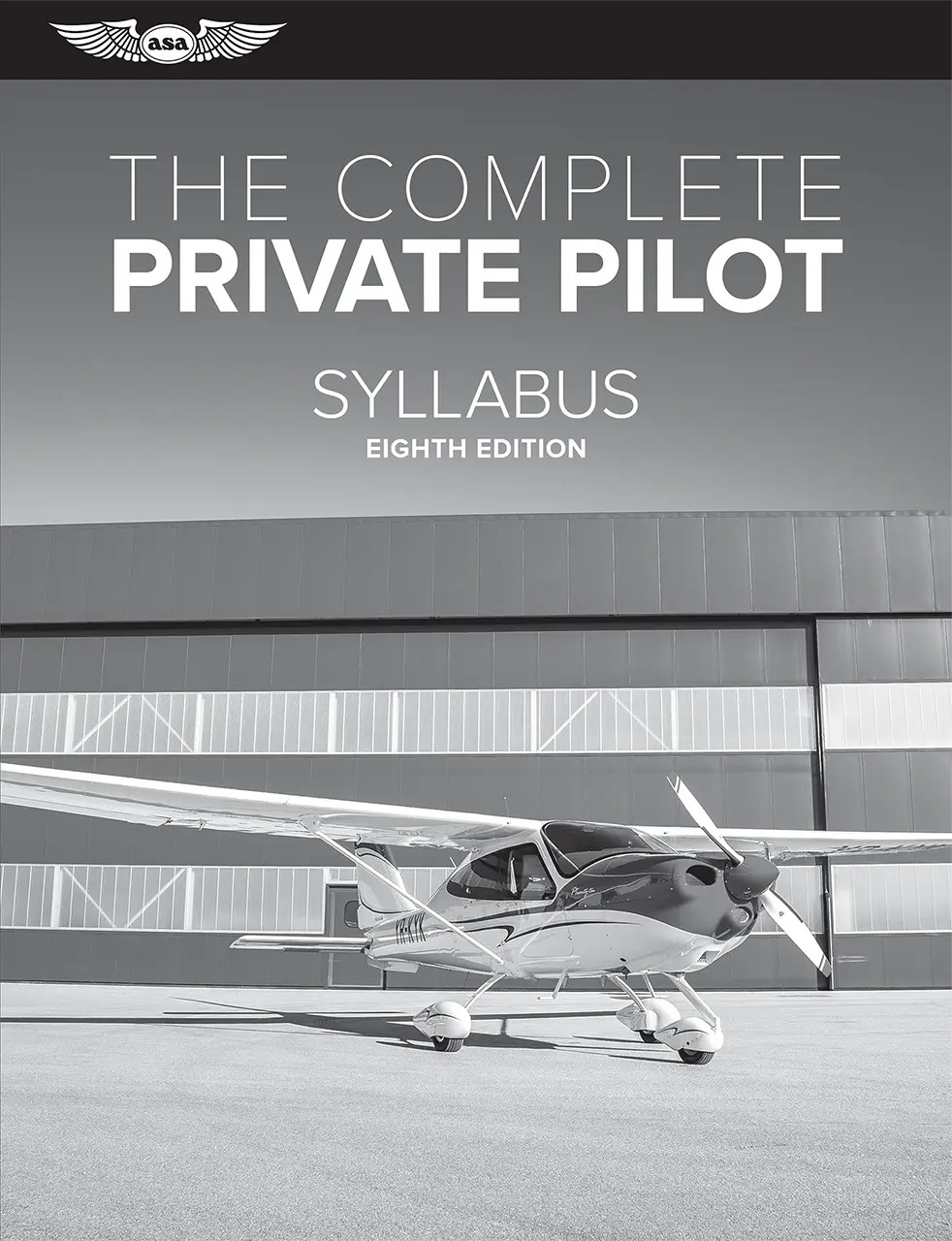
Why Get Your Private Pilot Certificate?
The Private Pilot Certificate is the gateway to the skies and the first major milestone in your aviation journey. It offers a unique sense of freedom and accomplishment — allowing you to fly day or night (in good weather), take up friends and family, and begin building valuable flight experience. For those pursuing a commercial path, it's your first official license and a chance to build time on your own terms.
- Experience true independence in the air
- Take passengers — friends, family, mentors
- Begin logging hours solo or as PIC (Pilot in Command)
- Lay the groundwork for instrument, commercial, or CFI ratings

My Goals in Training Private Pilots
My focus as a Certified Flight Instructor is to create safe, confident pilots with solid fundamentals and a mindset for lifelong learning. Whether your goals are recreational or professional, I tailor instruction to give you both the skills and mindset to succeed.
- Build excellent stick-and-rudder skills
- Master all phases of flight — takeoff to landing and everything in between
- Develop comfort and clarity in the cockpit and on the radio
- Produce safe, confident pilots eager to keep learning beyond the checkride

Minimum Requirements
Here’s what the FAA requires to become a Private Pilot:
- Meet the age, English-language proficiency and general administrative requirements of Federal Avaiation Regulation (FAR) (61.103)
- Obtain at least a third-class FAA medical certificate
- Log a minimum of 40 flight hours (that meets all experience required by FAR 61.109), including:
- 20 hours of flight training with an instructor (covering FAR 61.107 (private pilot flight proficiency))
- 10 hours of solo flight time (FAR 61.87 (requirements to solo))
- Pass the FAA Private Pilot Knowledge Test (written) (FAR 61.105 (aeronautical knowledge requirements)
- Pass the FAA Practical Test (checkride)
- (FAA Airman Certifications Standards) (everything that can be on the checkride and the associated standards).
Most students take between 55–75 hours to be truly ready — quality instruction and consistent flying help keep it efficient.

Use a Syllabus
A syllabus puts you and your instructor on the same page — literally. It’s a roadmap to checkride readiness and helps keep your training structured and efficient.
- There are many options. The important thing is to use one. Some common syllabi:
- You don’t need their full course materials — FAA publications cover all required knowledge
- It’s okay to adjust the syllabus order based on weather, learning pace, or specific challenges — just follow the syllabus sections logically for you and your CFI.